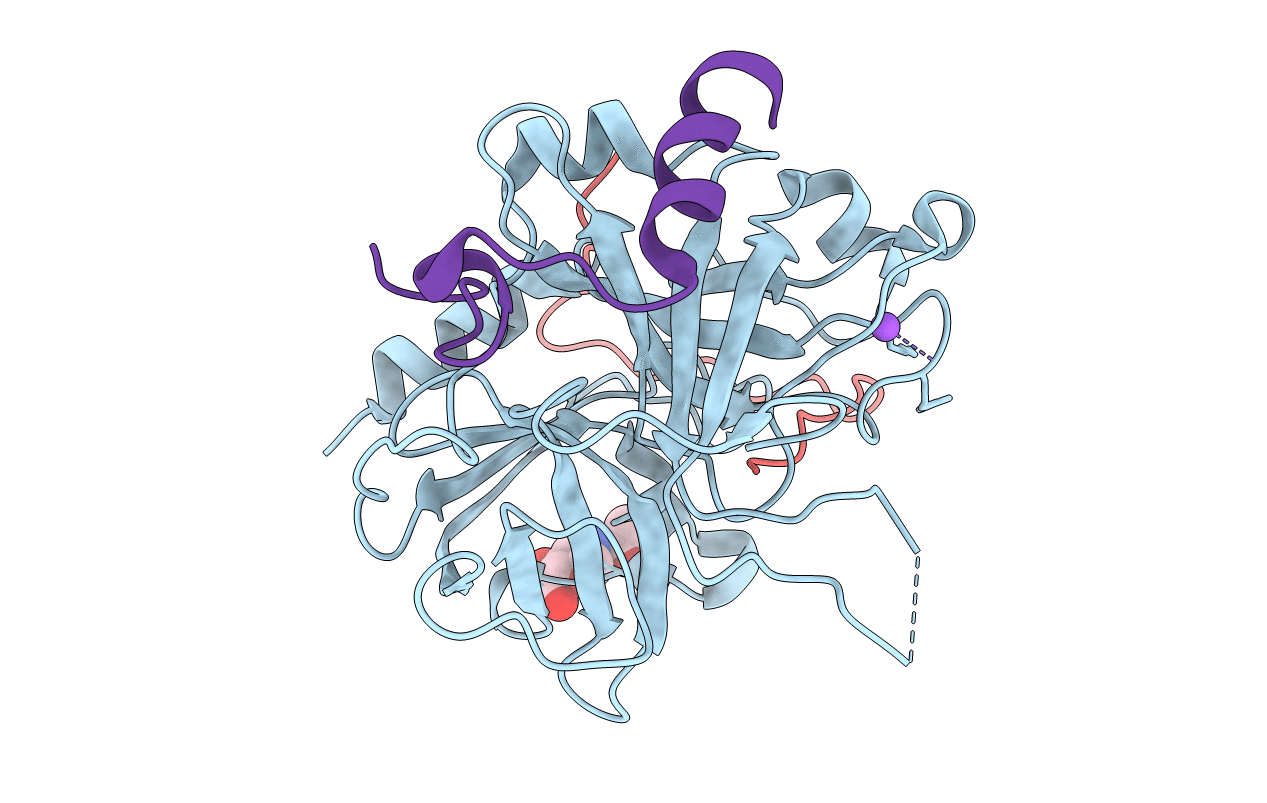
Deposition Date
2016-05-30
Release Date
2017-03-29
Last Version Date
2024-10-16
Entry Detail
Biological Source:
Source Organism:
Haemaphysalis longicornis (Taxon ID: 44386)
Homo sapiens (Taxon ID: 9606)
Homo sapiens (Taxon ID: 9606)
Method Details:
Experimental Method:
Resolution:
1.63 Å
R-Value Free:
0.19
R-Value Work:
0.16
R-Value Observed:
0.16
Space Group:
P 21 21 21


